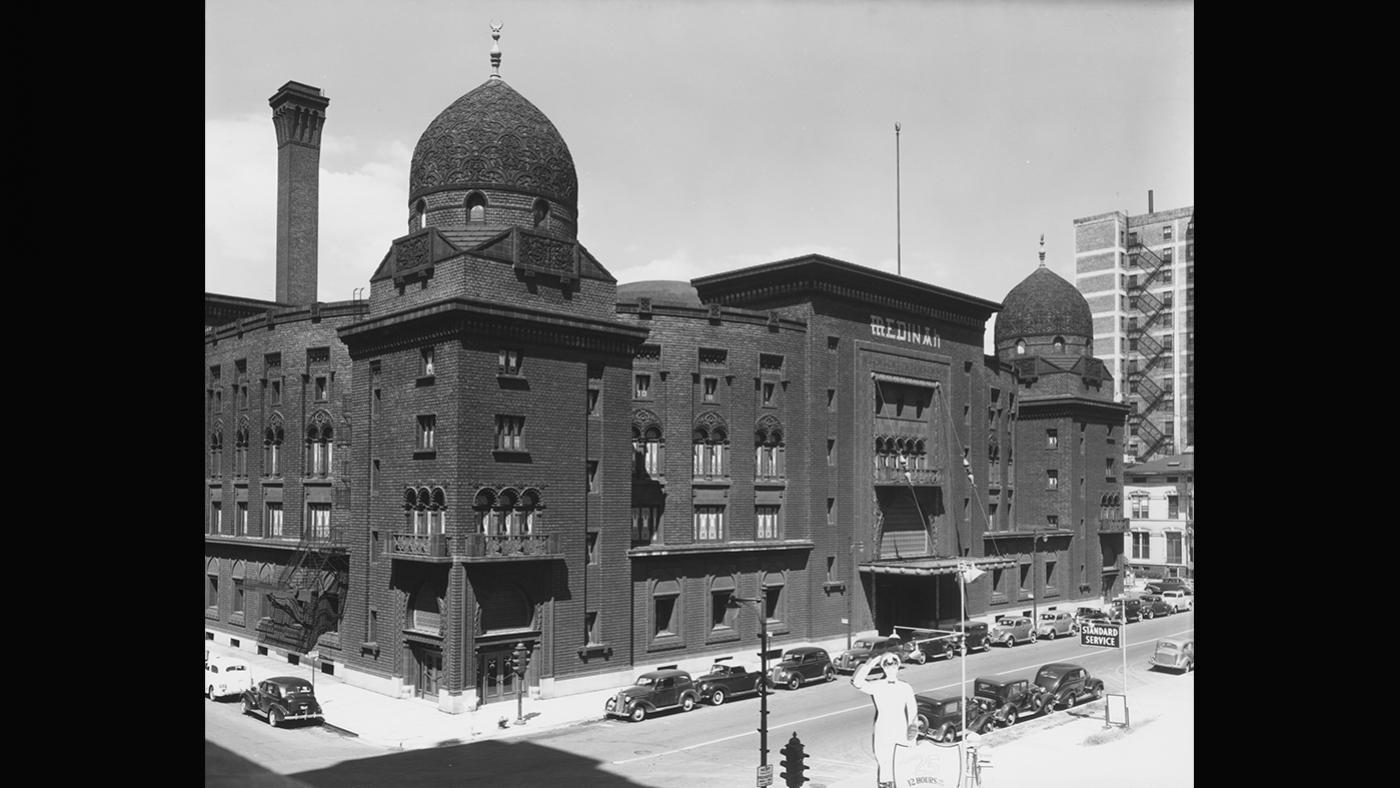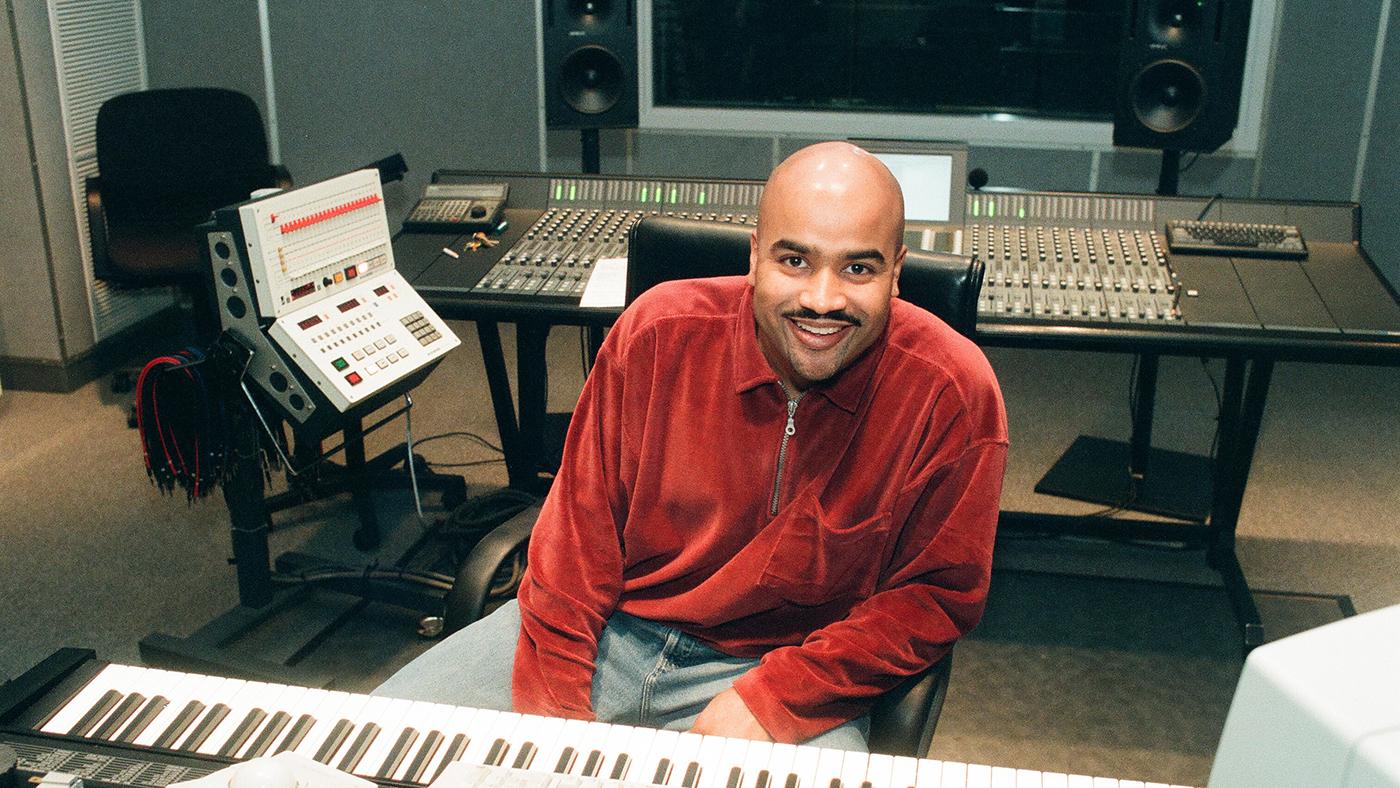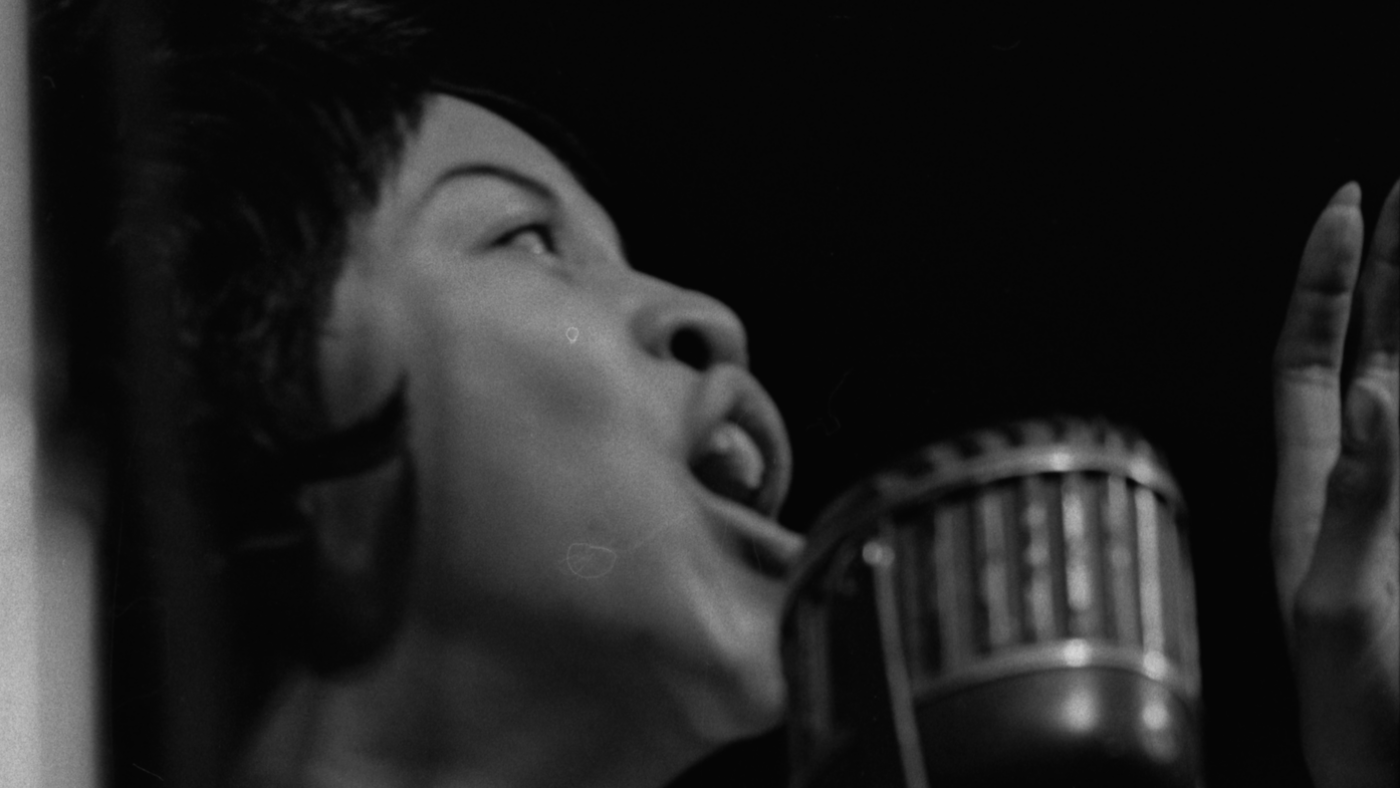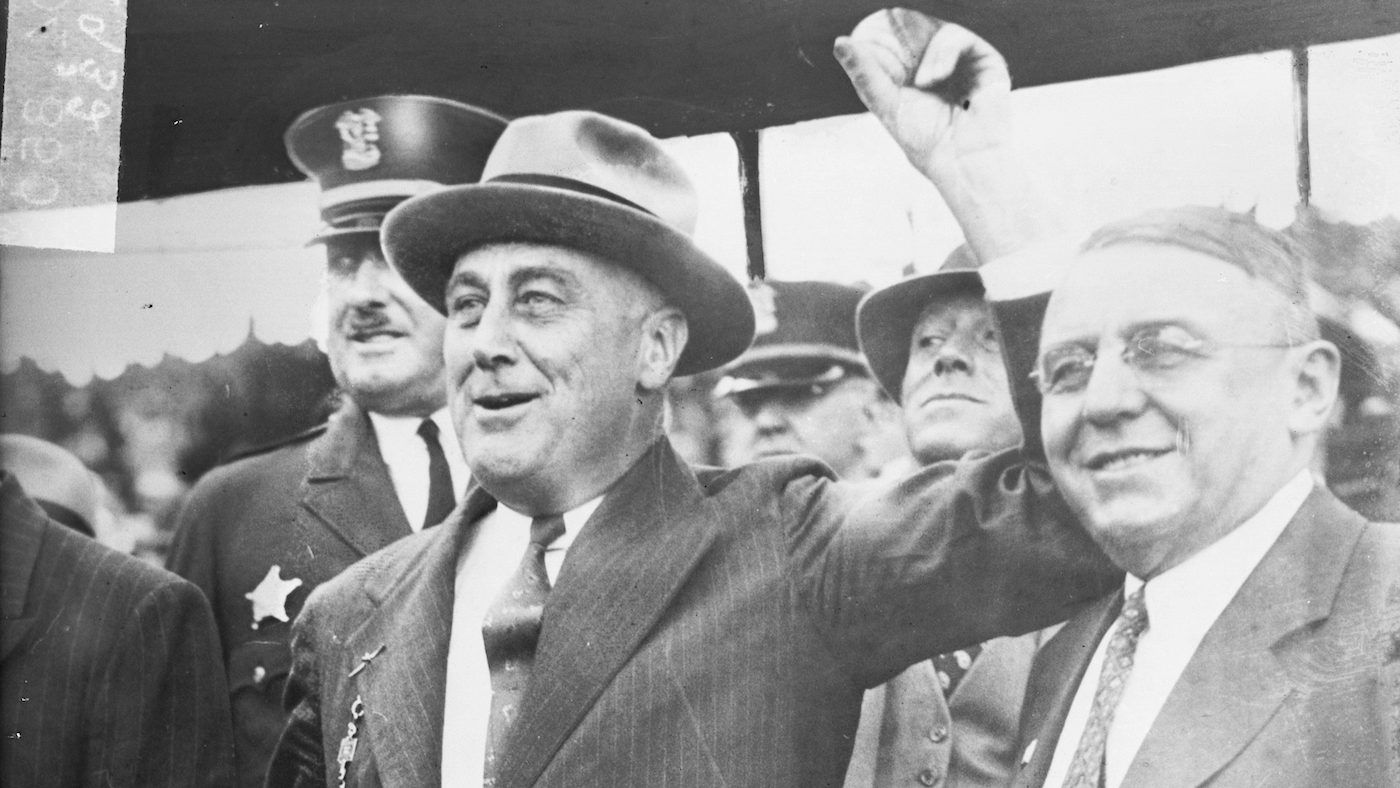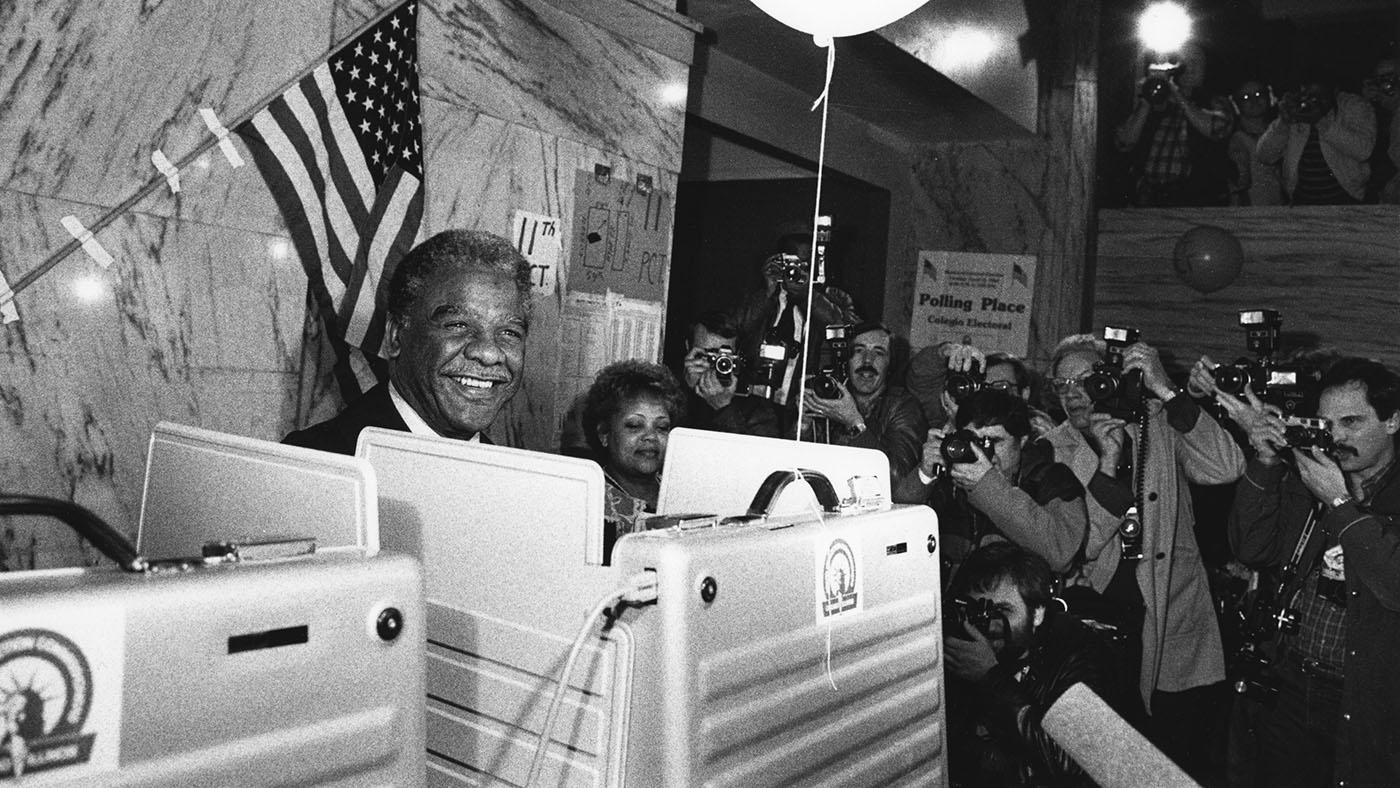Celebrating the 'Unsung Women Who Changed America' a Century Ago
Daniel Hautzinger
June 16, 2020
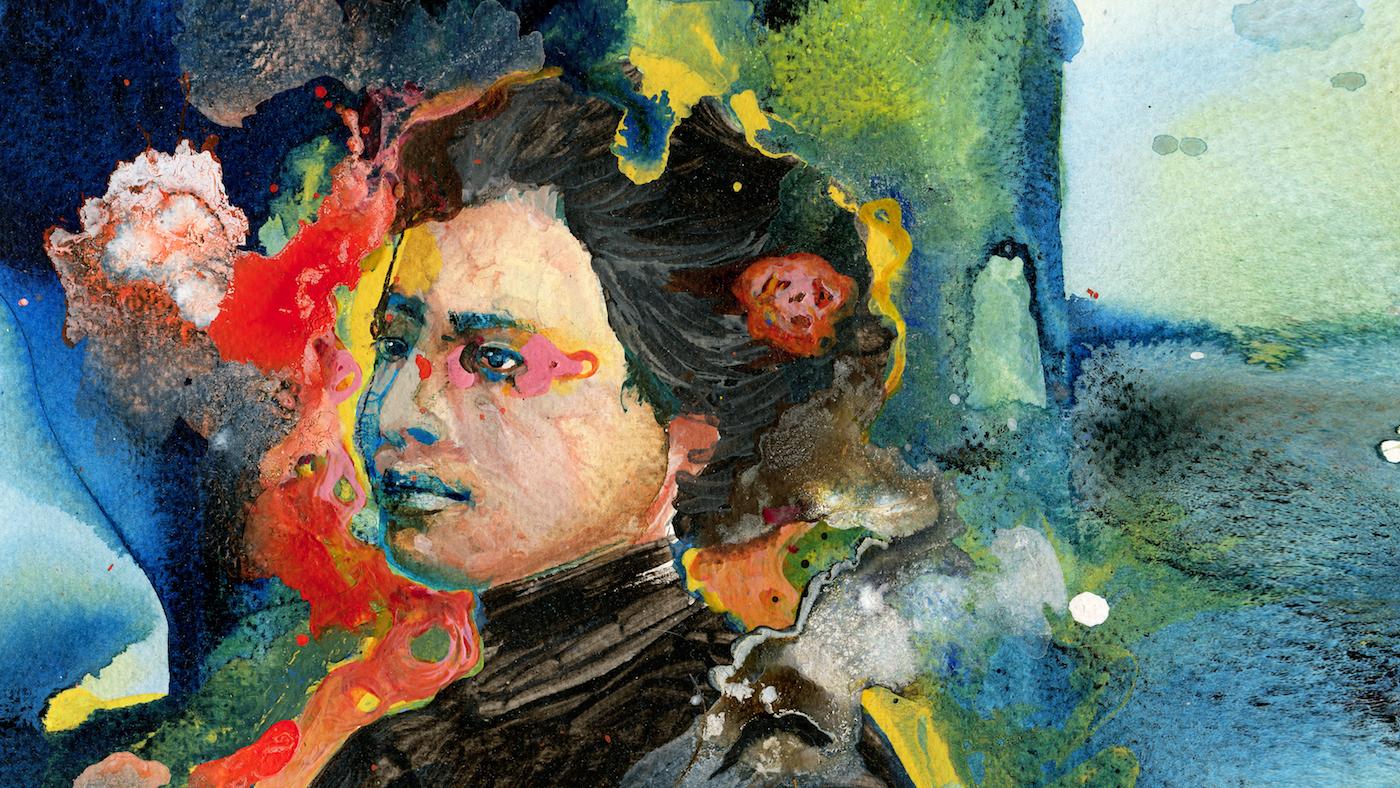
American Masters – Unladylike2020: The Changemakers is available to stream.
August 26, 2020 marks the centennial of the official adoption of the 19th Amendment, which granted women the right to vote in the United States. While we often hear of such suffragists as Susan B. Anthony, Jane Addams, or Ida B. Wells (the latter two both worked in Chicago, along with other significant suffragists), there are so many more change-making women from the era who were pioneers in their fields but have been all but lost to history. Unladylike2020, from American Masters, aims to change that, by recovering and celebrating the stories of 26 women from around the turn of the twentieth century who broke boundaries in professions, fought for the rights of women, people of color, and workers, and made enormous contributions to science and the arts, despite the limitations on women at the time.
Unladylike2020: The Changemakers is an hour-long documentary focusing on five female politicians or activists. Beyond that program, a new digital video profiling one of the 26 women is being released every Wednesday until the centennial of the adoption of women's suffrage, on August 26. (The videos began premiering during Women's History Month in March.)
We spoke to Charlotte Mangin, the director, producer, and writer of Unladylike2020, about the project. The interview has been edited and condensed for clarity.
Unladylike2020 is a huge project celebrating "unsung women who changed America"—can you describe how you came up with the idea behind it?
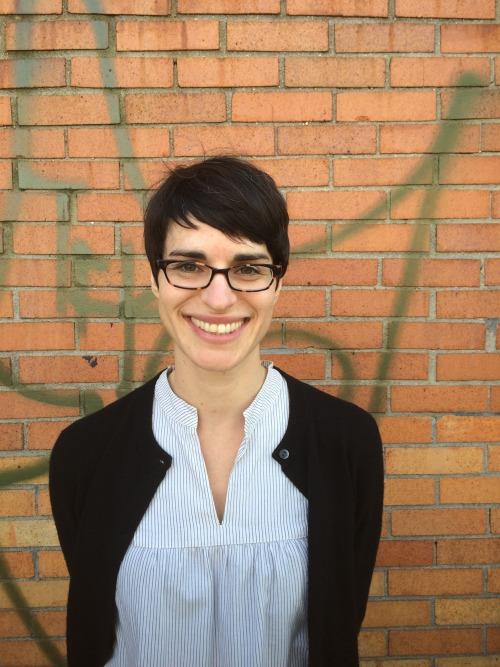 Charlotte Mangin, the director, producer, and writer of 'Unladylike2020'I was visiting the Intrepid Museum in New York, and there was a children’s book author reading her new story about Elinor Smith, who I learned was the youngest licensed pilot in the world at age 16. And I was just in complete awe of this story—super inspired, but also really frustrated: ‘Why have I never heard of Elinor Smith?’
Charlotte Mangin, the director, producer, and writer of 'Unladylike2020'I was visiting the Intrepid Museum in New York, and there was a children’s book author reading her new story about Elinor Smith, who I learned was the youngest licensed pilot in the world at age 16. And I was just in complete awe of this story—super inspired, but also really frustrated: ‘Why have I never heard of Elinor Smith?’
So I started to research Elinor Smith, and that led me to other women in aviation, one of whom became the first woman we featured in Unladylike2020, Bessie Coleman, the first African American female aviator. That research led me to women in other professions. Then it just grew and grew into this treasure trove of stories.
Why did you decide to focus on women from around the turn of the twentieth century?
It’s an era in U.S. society when women in the workforce almost double, during what historians call the Progressive Era, the 1890s to the 1920s. It’s against the backdrop of the suffrage movement and all of these other movements for civil rights. Women are really having a public voice en masse for the first time in America, so that’s part of why there are so many women who broke barriers and were the first in their profession.
What was it like to recover the stories of “unsung” women, especially those for whom there is little evidence remaining?
One of the criteria had to be if there was enough archival imagery available, since a documentary is a visual medium. For some, biographies have been written, for others, not yet, so the information had to be pulled from encyclopedia entries, books that were out of print, academic journals.
For example, Jovita Idár, who was a Latina journalist and civil rights leader who grew up in Texas at a time when there were what are known by historians as “Juan Crow” or “Jaime Crow” laws in place against the Mexican-American community. Many of the scholars we worked with had never heard of her. We were only able to find four or five portraits of her.
That’s where an aspect of what makes this project unique visually comes in: because the archive was so limited, I brought on an artist who is creating this gorgeous and very colorful artwork that brings the black and white imagery to life and also fills in the visual gaps through stop-motion animation.
For each woman, you interview not only a historian or biographer but also a woman from today who is in the same field—why did you decide to include these contemporary voices?
A: We wanted to interview a woman in the same profession who is essentially walking in the footsteps of this woman from the past as a way to bring the past into the present day and take stock of how far we’ve come and what remains to be done in these professions to reach gender parity. And we also wanted to introduce a modern-day role model.
What was it like to immerse yourself in these women’s lives a century later?
It was so inspiring. When I was having a bad day, I would think of Annie Smith Peck climbing one of the highest peaks in the Western Hemisphere in petticoats with boots that had nails hammered in through them because they hadn’t invented crampons yet, and I would think, I can do this. If she could do that, I can do anything.
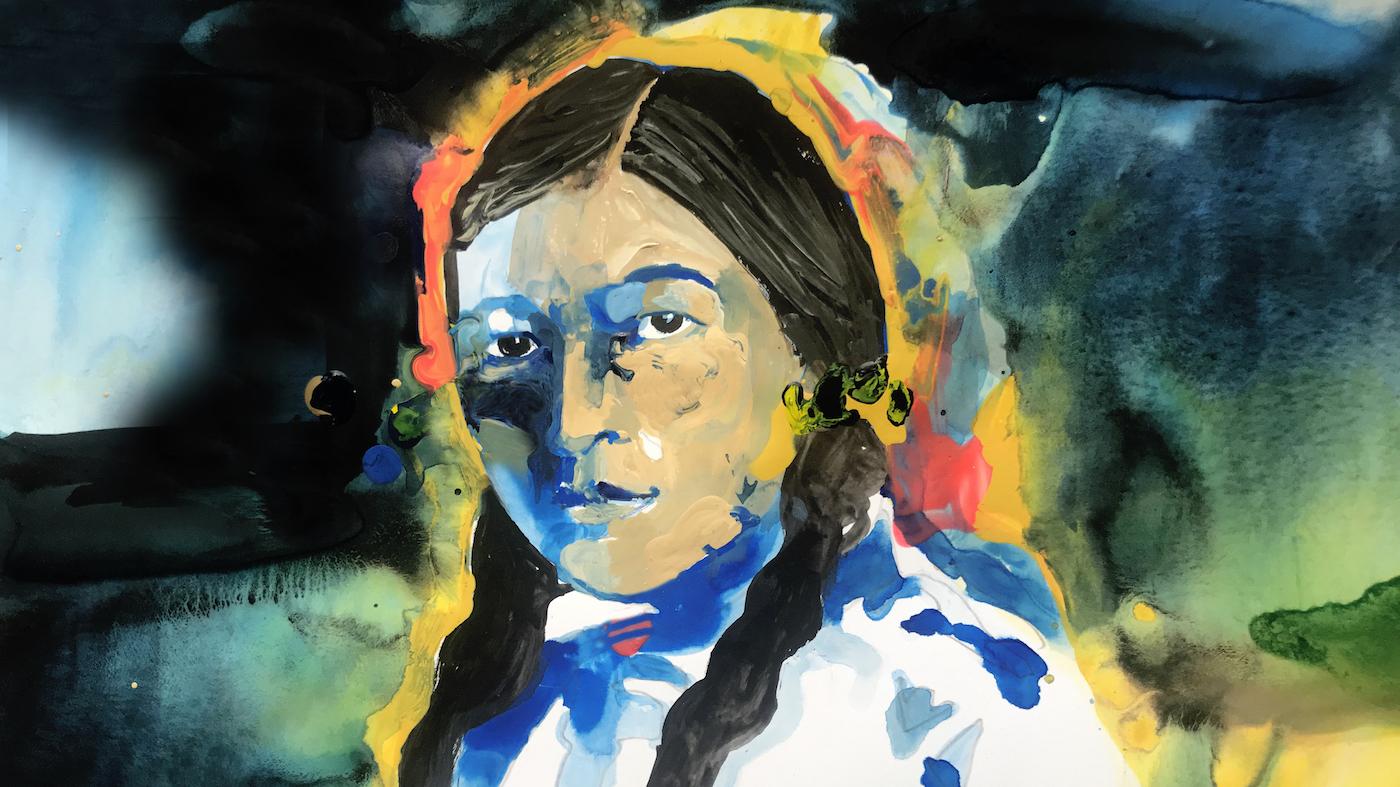 Zitkála-Šá, otherwise known as Gertrude Simmons Bonnin, was a Native American activist, author, musician, and composer. Artwork by Amelie Chabannes
Zitkála-Šá, otherwise known as Gertrude Simmons Bonnin, was a Native American activist, author, musician, and composer. Artwork by Amelie Chabannes
Are there any stories that especially stand out to you?
I feel such kinship to every single one of them, but I would say Zitkála-Šá, otherwise known as Gertrude Simmons Bonnin. She was a Native American who was taken from her reservation as part of this boarding school experience that tens of thousands of American Indian children went through at the time, to essentially be Americanized into the Anglo-Saxon ways of life. The children were beaten if they spoke their native language, they were forced to assimilate in their clothing, learn English, become Christian. She ended up becoming a very outspoken critic of U.S. policy toward American Indians. She was a very gifted musician who performed at the White House. She went on to write what’s known as the first Native American opera. But what really strikes me is how she took the trauma of this experience, of her education, and really turned it into having a voice in such a powerful way.
How did you come up with the title?
It came directly out of my research into one of the women we feature: Margaret Chung, the first American-born Chinese-American doctor. I came across a quotation by her that went, “I used to be ladylike and deferential, but found it didn’t pay…Now I treat them rough. They lap it up.” It just calls attention to these norms of what being a “lady” meant, especially at the time. The ladies were supposed to be at home taking care of their husbands and their children. In fact, in many states, there were laws that women who were married could not work. Women had just gotten the right to get divorced, have custody of their children, to keep their wages if they were working women. We came across articles of a woman being arrested for wearing pants while riding a bicycle in New York City.
So when you think of how deep-set the limitations on what a woman was expected to do in U.S. society and contrast that to how “unladylike” or bold these women were, and what they were able to accomplish in the face of those unimaginable odds, that’s where the title came from.

